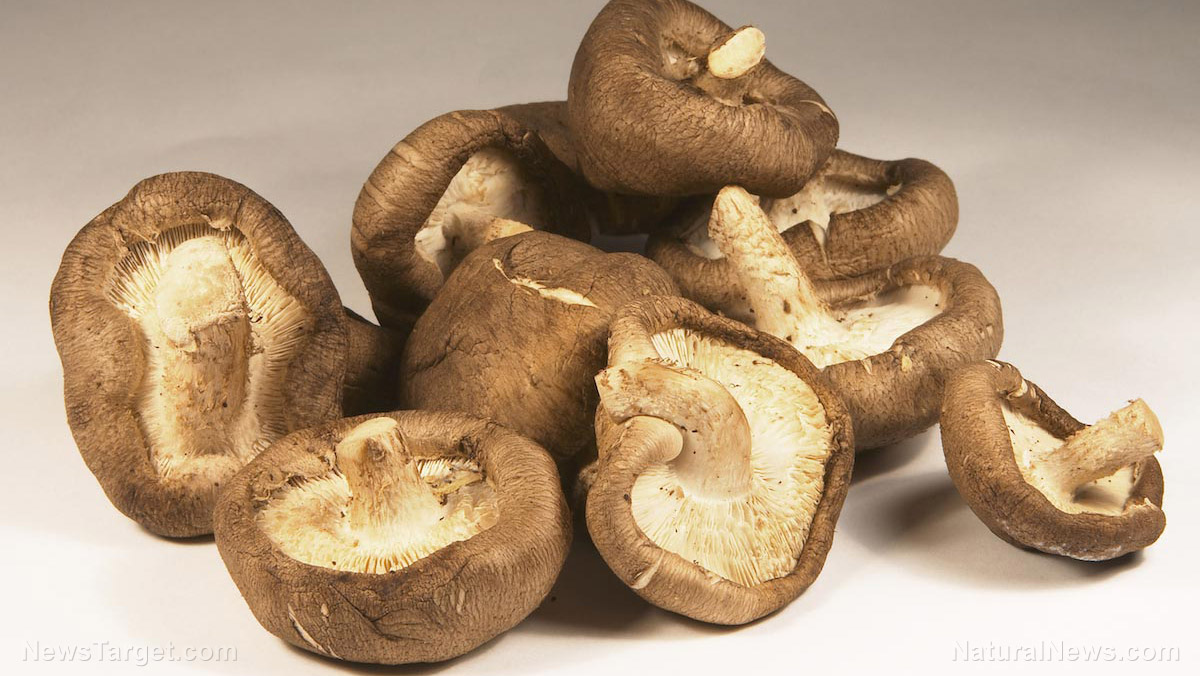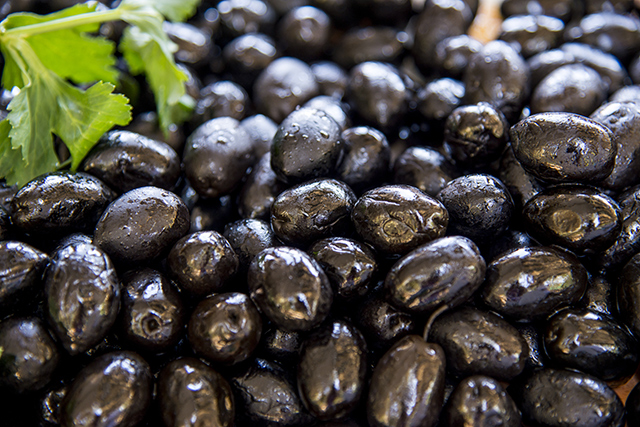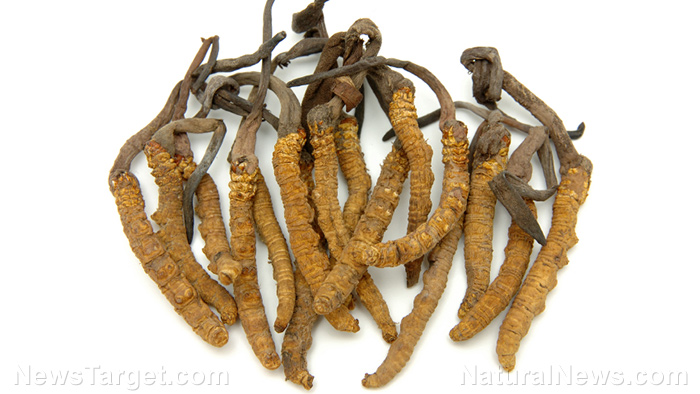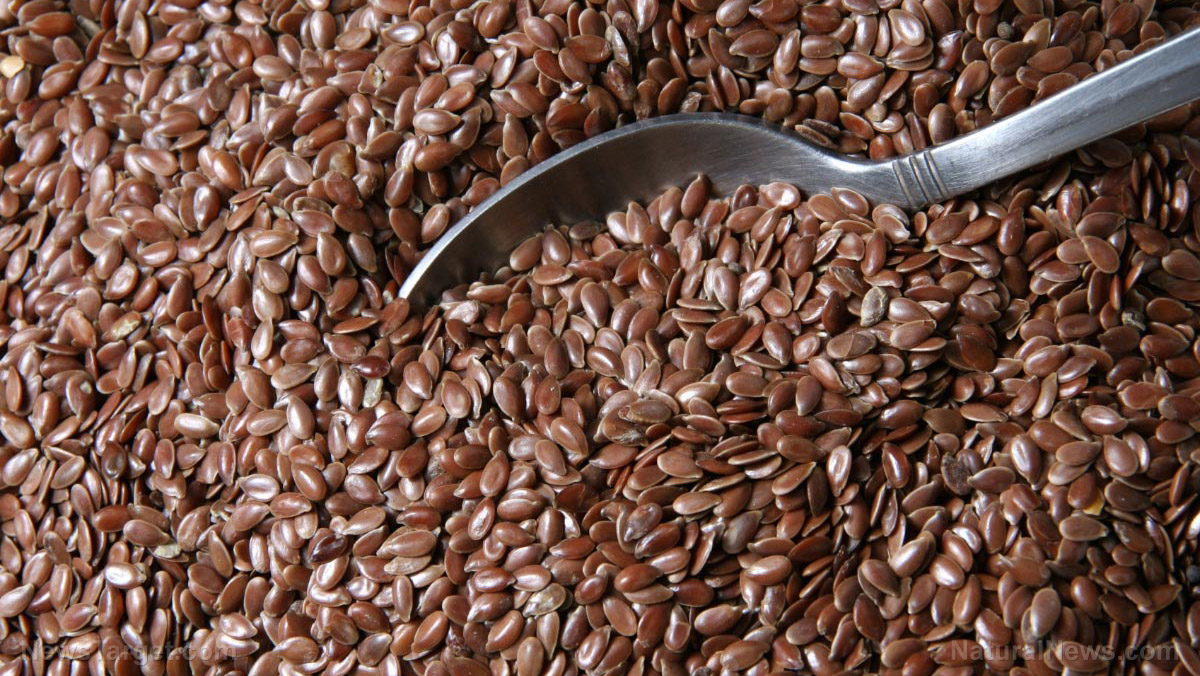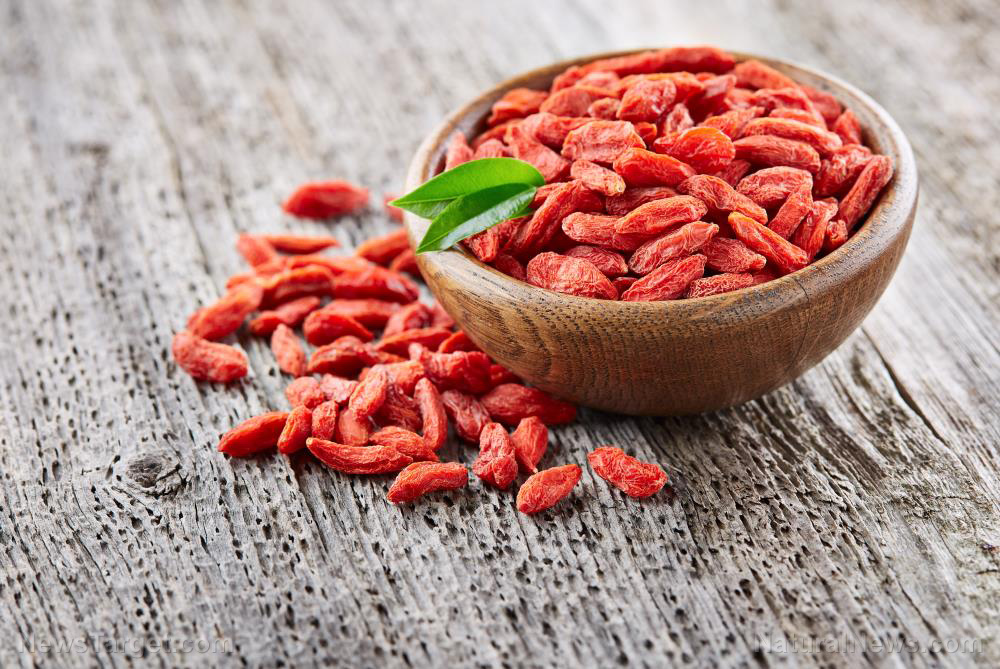You should eat more dill – its uses range from treating digestive disorders to strengthening the immune system
08/28/2018 / By Edsel Cook

Adding dill (Anethum sowa) to your recipes will not just improve the taste of your meals. The roots of this common spice contain plenty of phytochemicals that protect cells from harmful bacteria, microbes, and free radicals, reported Bangladeshi researchers.
In addition to serving as a spice, dill also functions as a medicinal herb. The green herb, roots, and seeds are used as aromatics to treat colic, flatulence, and hiccups in infants and children.
Furthermore, the seeds contain dillapiol and other essential oils that can kill harmful insects and their eggs, especially when combined with other chemicals. These same essential oils have also shown antimicrobial and antispasmodic activities.
Finally, dill seed is considered to be good sources of antioxidants. Antioxidants are substances that prevent cellular damage by scavenging toxic free radicals that would otherwise cause all kinds of diseases. Natural antioxidants are considered to be more effective than synthetic ones, especially since the latter have side effects that could even result in cancers.
Traditional medicinal plants like dill have drawn attention in recent years. Overuse of antibiotic drugs has led to the rise of multiple drug-resistant pathogens. Researchers are now looking for new sources of antimicrobial substances, such as dill, to source new treatments. (Related: How to quickly pickle a variety of veggies.)
Common spice tested for bacteria-killing and free radical-neutralizing abilities
Under the auspices of the Bangladesh Council of Scientific and Industrial Research (BCSIR), the Bangladeshi research team undertook the first official, scientific analysis of dill. They studied the phytochemical content, antioxidant activity, antimicrobial effect, and cytotoxic properties of extracts drawn from its roots.
The researchers gathered dried dill roots and extracted the contents. Using various means, they created chloroform, ethyl acetate, hexane hot, methanol, and petroleum ether extracts.
Each of the five crude extracts underwent screening to identify the different phytochemicals they contained. The extracts then underwent various tests to determine their bio-active effects.
For the antioxidant test, the researchers used a standard assay with DPPH, a common free radical. The scavenging ability of the extracts was compared to a natural antioxidant, ascorbic acid, and butylated hydroxytoluene (BHT), which is a synthetic counterpart.
The cytotoxic test examined the toxicity of the extracts on brine shrimp larvae, which are good substitutes for parasites and tumors. The point of comparison was vincristine sulfate, a chemical used in chemotherapy treatments.
Finally, the extracts were also tested on several Gram-positive and Gram-negative bacteria. They were compared with the antibiotics ciprofloxacin and tetracycline.
Dill root is a source of potent antimicrobials, antioxidants, and cytotoxins
In the phytochemical screening tests, the researchers reported finding anthraquinone glycosides, cardiac glycosides, flavonoids, glucosides in the methanol, ethyl acetate and chloroform extracts. Saponins were only present in the methanol extract, while steroids were found in all extracts save for the methanol one.
The methanol extract was the best antioxidant. Its DPPH radical scavenging ability of 96.18 percent was fairly close to those of ascorbic acid (99.05 percent) and BHT (93.02 percent).
All five extracts were highly toxic towards brine shrimp larvae. The methanol extract possessed the highest cytotoxicity, achieving 100 percent mortality at a dose of 200 micrograms per milliliter.
The ethyl acetate came in a close second in terms of cytotoxicity. It was also the extract that showed the highest zone of inhibition and best antimicrobial activity against Gram-positive bacteria like Staphylococcus aureus.
This result held true for Gram-negative bacteria. However, the extracts were somewhat less effective against these types of bacteria, which included E. coli and two Salmonella strains. The researchers believe this is due to Gram-negative bacteria possessing an outer membrane and periplasmic space that protect them better.
In conclusion, the researchers proposed that methanol, ethyl acetate, and chloroform extract from dill root have potential as the basis of antioxidants, cytotoxins, and antimicrobials.
Check out Herbs.news for more articles on other medicinal spices like dill.
Sources include:
Tagged Under: antibacterial, antimicrobials, antioxidants, Dill, food is medicine, herbal medicine, herbal medicines, medicinal herbs, medicinal plants, natural medicine, natural remedies, phytochemicals, plant medicine, spice and healing herb, Spices, traditional medicine




